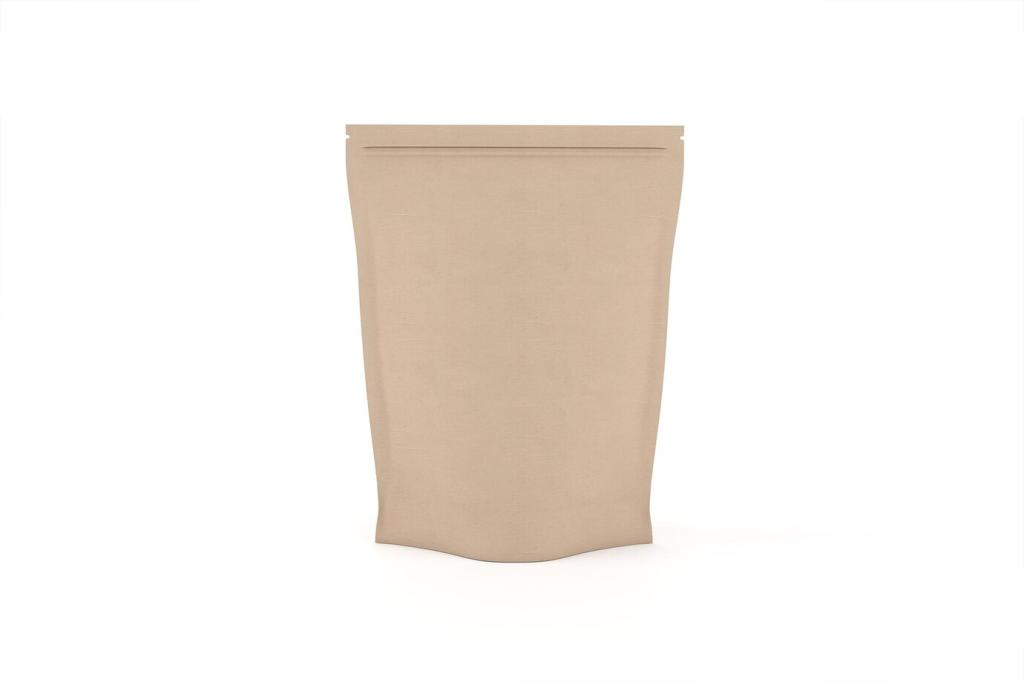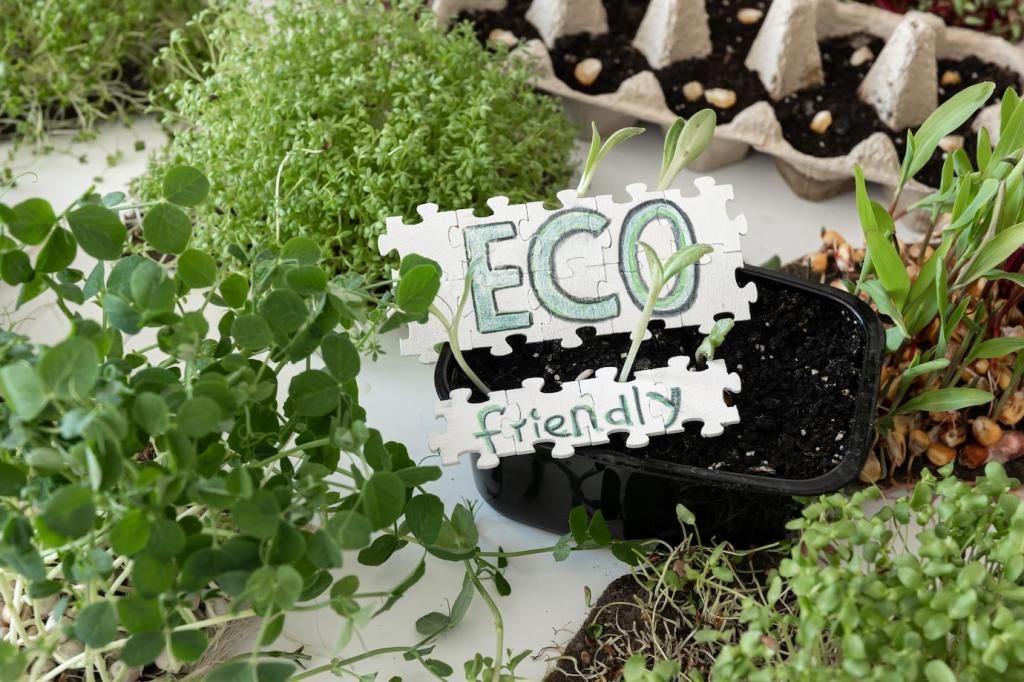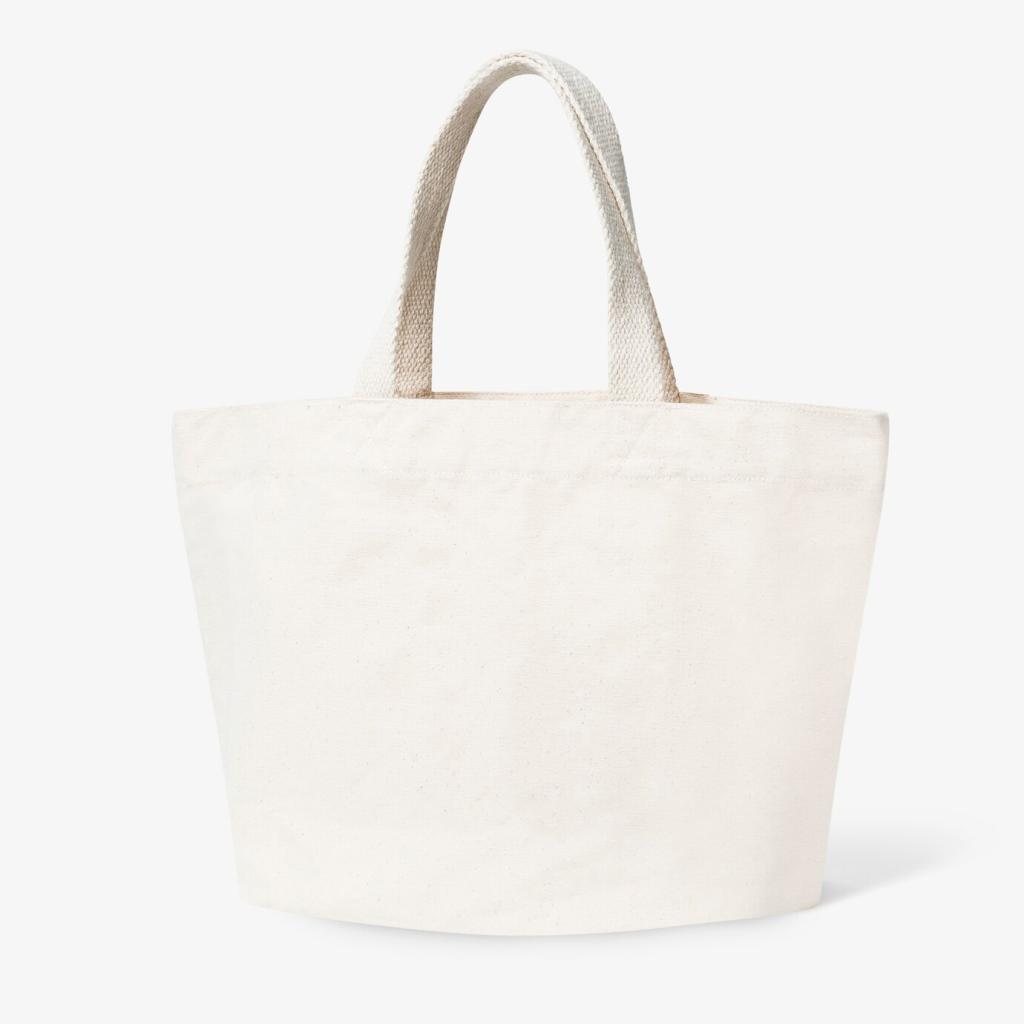Innovative Green Insulation Methods
Chosen theme: Innovative Green Insulation Methods. Welcome to a future where homes feel cozier, energy bills shrink, and the planet breathes easier. Explore materials and techniques that deliver high performance with low impact—and join the conversation with your own questions and experiences.

Why Green Insulation Is Changing Homes Now
The performance triad: heat, air, and moisture
Great insulation does more than resist heat. It blocks uncontrolled airflow and manages moisture so walls can dry safely. Innovative green systems combine airtight layers, smart vapor control, and continuous insulation to prevent condensation, mold, and drafts in real-world climates.


From waste to warmth: recycled and bio-based sources
Cellulose from recycled paper, denim reclaimed from factories, and rapidly renewable fibers like hemp and wood offer competitive thermal resistance while locking up carbon. By choosing these materials, you convert waste streams into durable comfort that supports circular economies and local jobs.
Natural Materials With Modern Muscle
Hemp fiber panels and batts
Hemp insulation offers a versatile R-value, helpful sound absorption, and a pleasant, low-dust install. As a fast-growing crop, hemp sequesters carbon during cultivation, then stores it in walls. Paired with airtight layers, it creates resilient, breathable assemblies that handle seasonal humidity.

High-Tech Insulation, Light Footprint
Aerogel blankets in thin assemblies
Aerogel blankets deliver remarkable thermal resistance at minimal thickness, ideal for tricky retrofits around masonry or historic trims. They help curb thermal bridges and can be layered strategically. When details matter and space is tight, aerogel becomes a precision tool for targeted upgrades.
Vacuum insulated panels for tight spaces
VIPs boast extremely high R per inch but require careful handling to avoid punctures and thermal edge losses. They shine in constrained locations—window returns, balconies, or roof transitions—where every millimeter counts. Proper protection and detailing are essential to preserve their impressive performance.
Phase-change materials that smooth temperature swings
PCMs store and release heat as they change phase, flattening indoor temperature peaks without bulky layers. Used with conventional insulation, they reduce HVAC loads and improve comfort. Choose formulations aligned with your climate’s swing range to maximize the real comfort you actually feel daily.



Retrofit Story: The 1928 Bungalow That Finally Breathed
Testing revealed leaky top plates, cold banding along studs, and attic bypasses. Infrared imaging at dusk mapped hidden air routes. This evidence-driven approach prioritized sealing before insulating, ensuring every bag of material translated into measurable comfort and efficiency, not just wishful thinking.
Retrofit Story: The 1928 Bungalow That Finally Breathed
We dense-packed wall cavities with cellulose to suppress convection and fill voids, then added a smart membrane inside. Exterior wood fiber sheathing provided continuous R and acoustic calm. Trim stayed intact, and the assembly remained vapor-open, letting seasonal moisture escape without drama.


Read an EPD like a pro
Focus on Global Warming Potential for stages A1–A3, stated per functional unit, and compare apples to apples. Check biogenic carbon accounting in bio-based products and transportation assumptions. An EPD won’t pick the winner alone, but it keeps claims honest and decisions grounded in data.
Labels that mean healthier air
Look for Greenguard Gold or equivalent low-emission certifications and transparency via Declare or Cradle to Cradle. Avoid Red List chemicals where possible. Combine product data with on-site practices—ventilation during install and thorough cleanup—to ensure the healthiest indoor air for your household.
Local sourcing and circularity
Shorter transport distances reduce emissions and support regional manufacturers. Seek take-back schemes, recycled inputs, and repairable or reusable components. Ask suppliers about offcut recycling. Small upstream choices ripple through a project’s carbon story and can strengthen local green jobs in meaningful ways.




